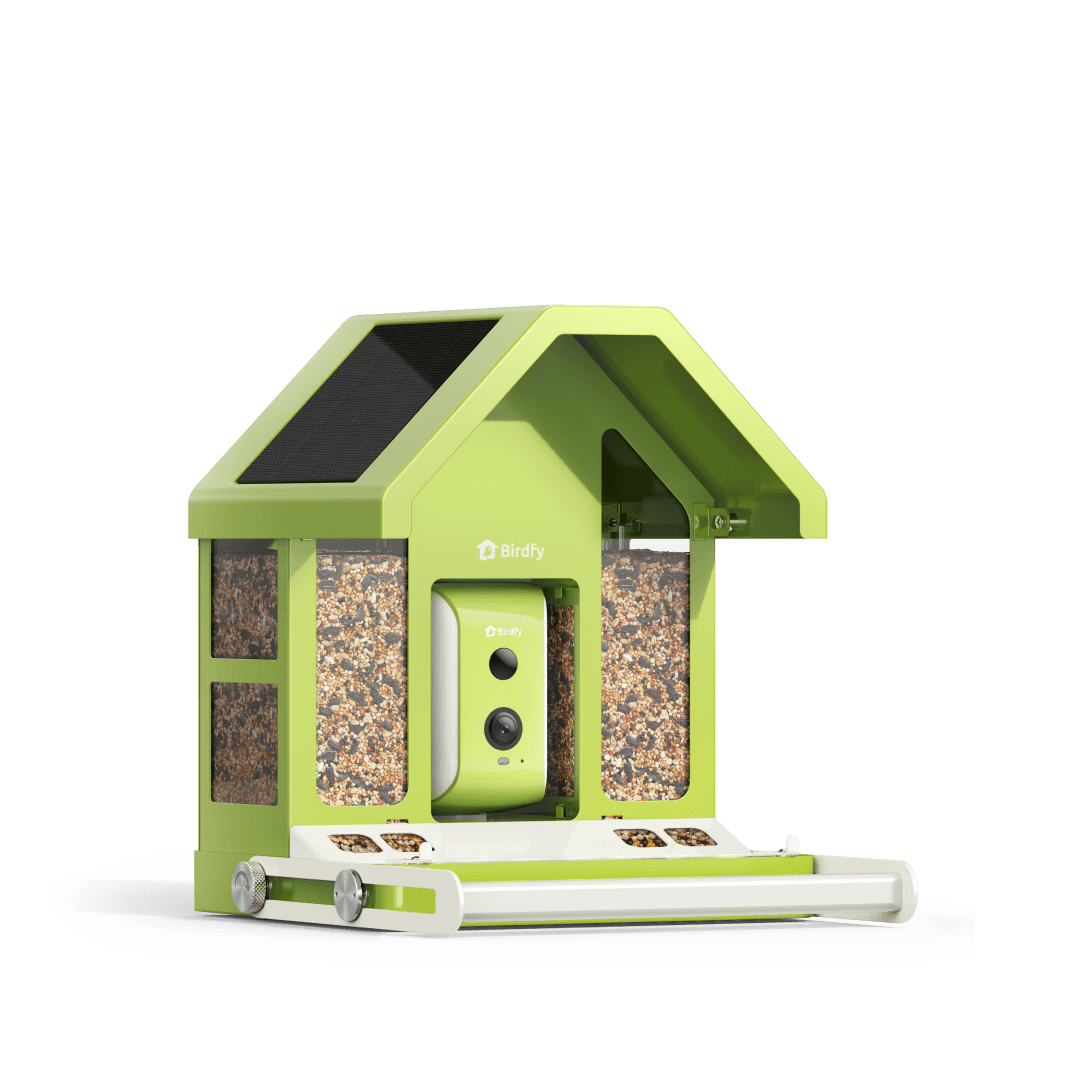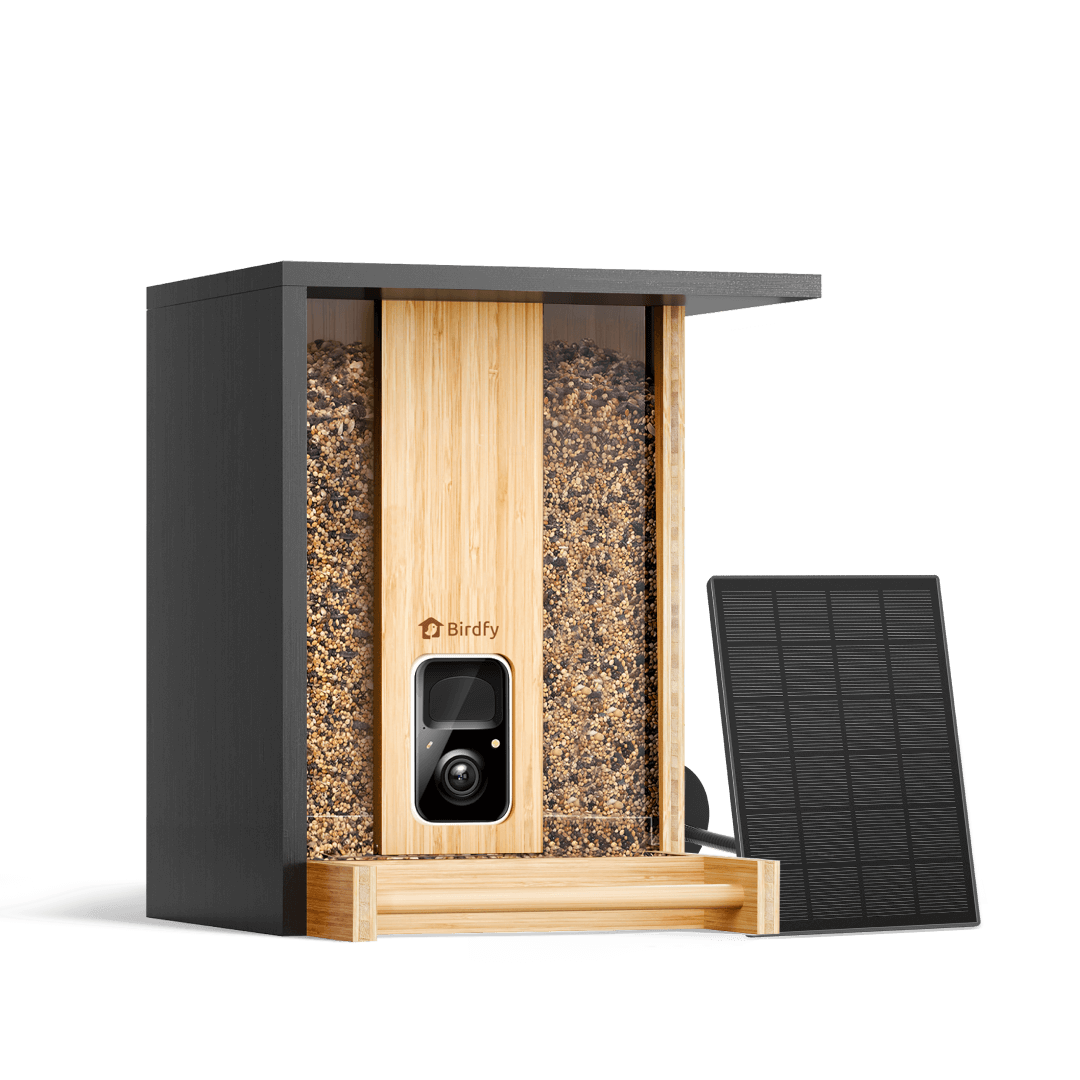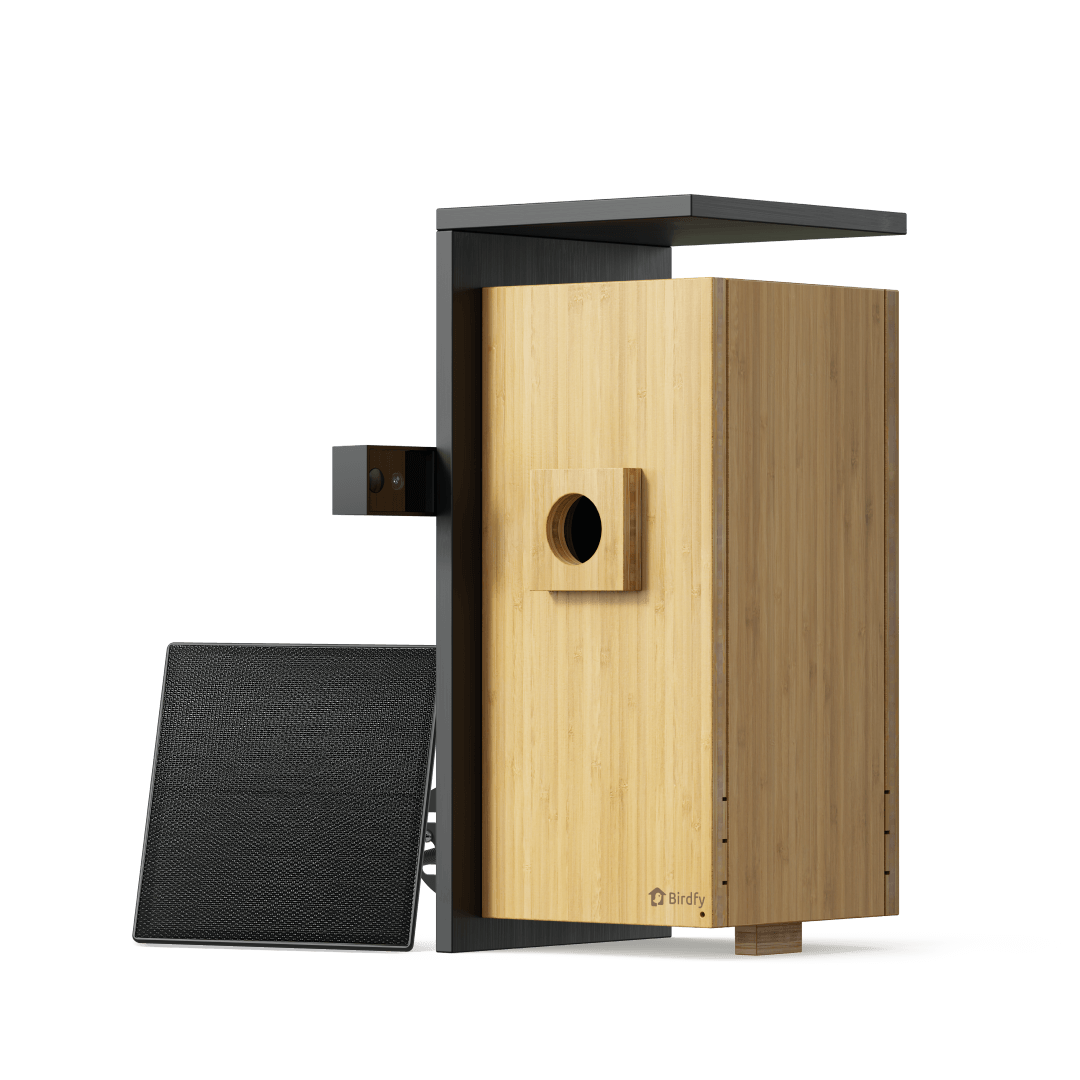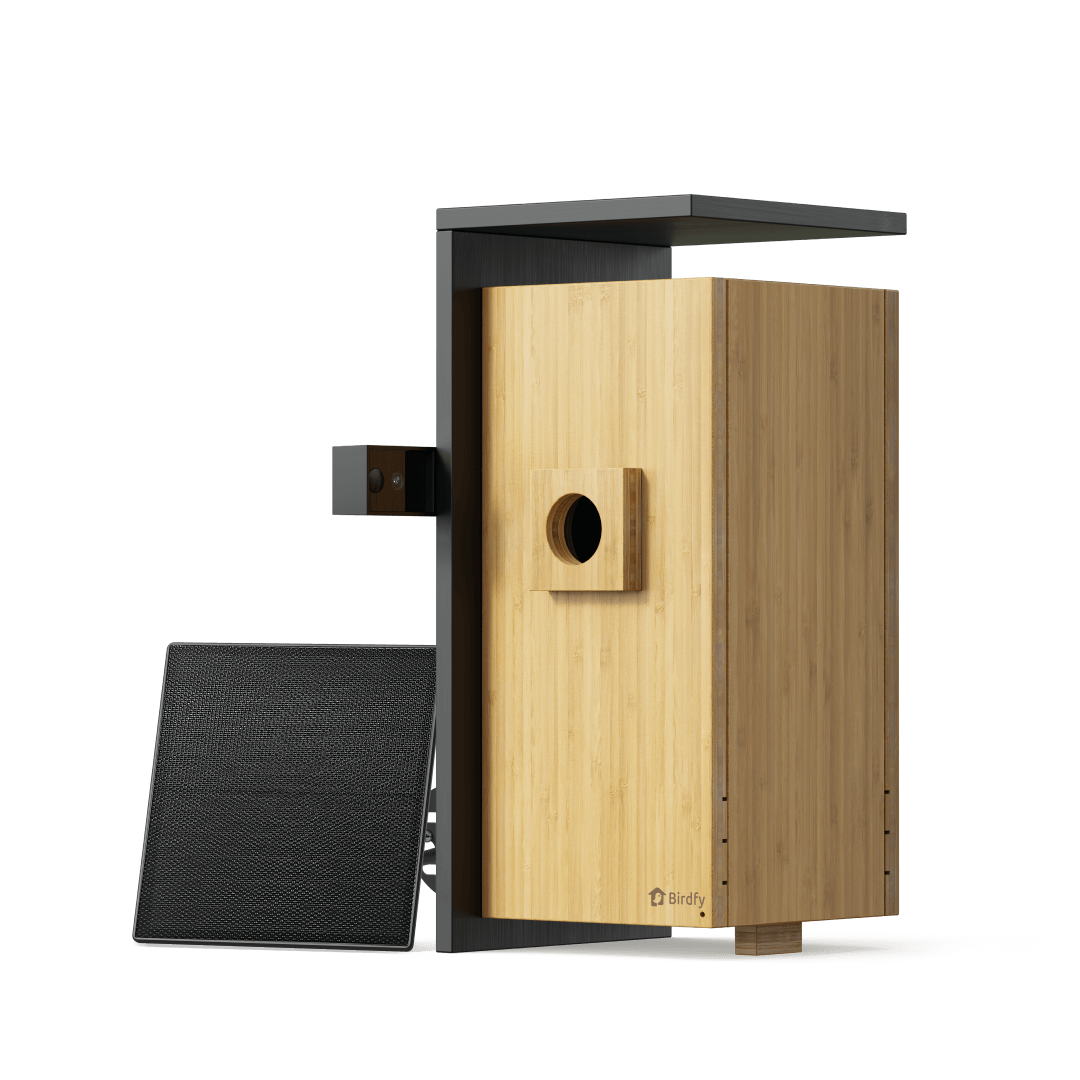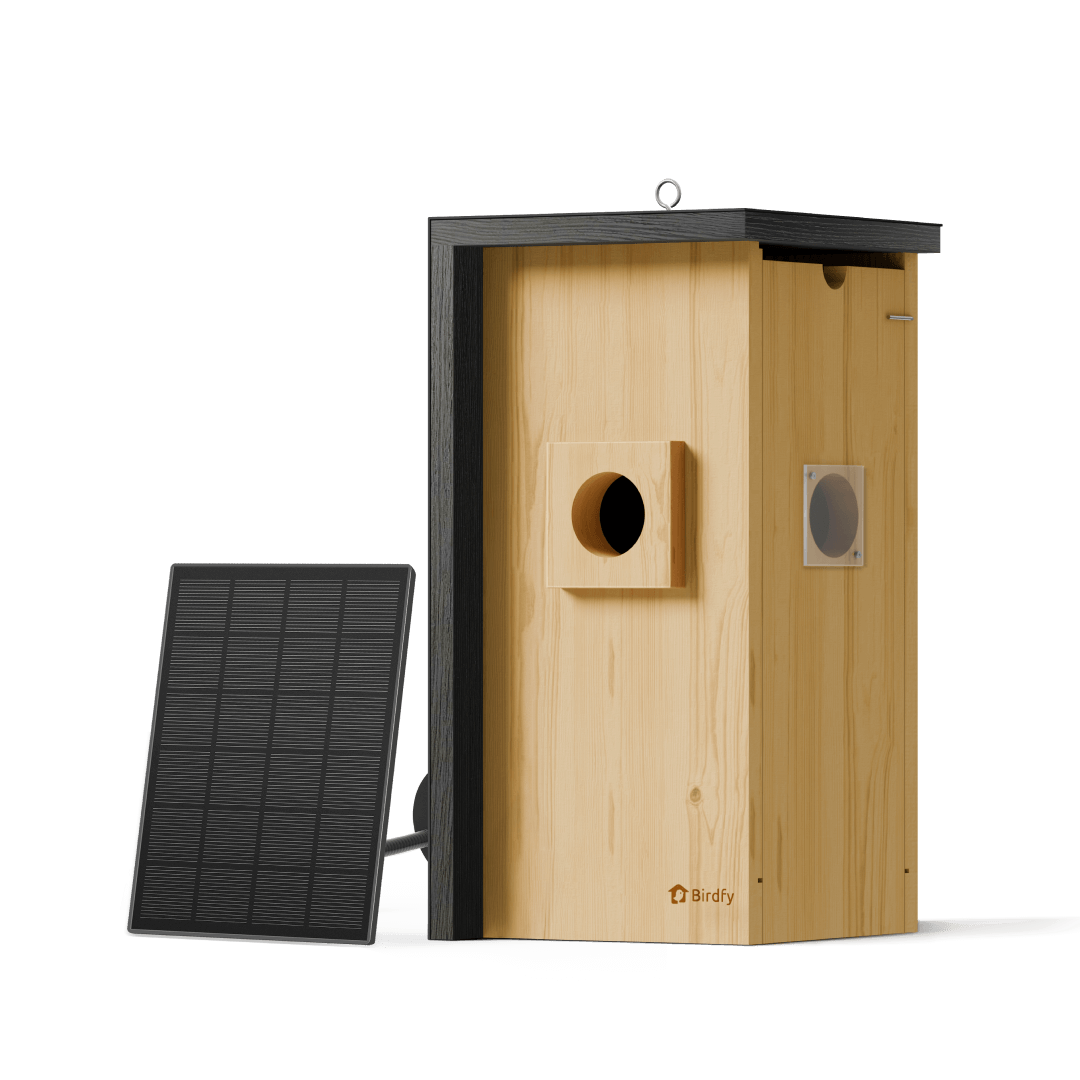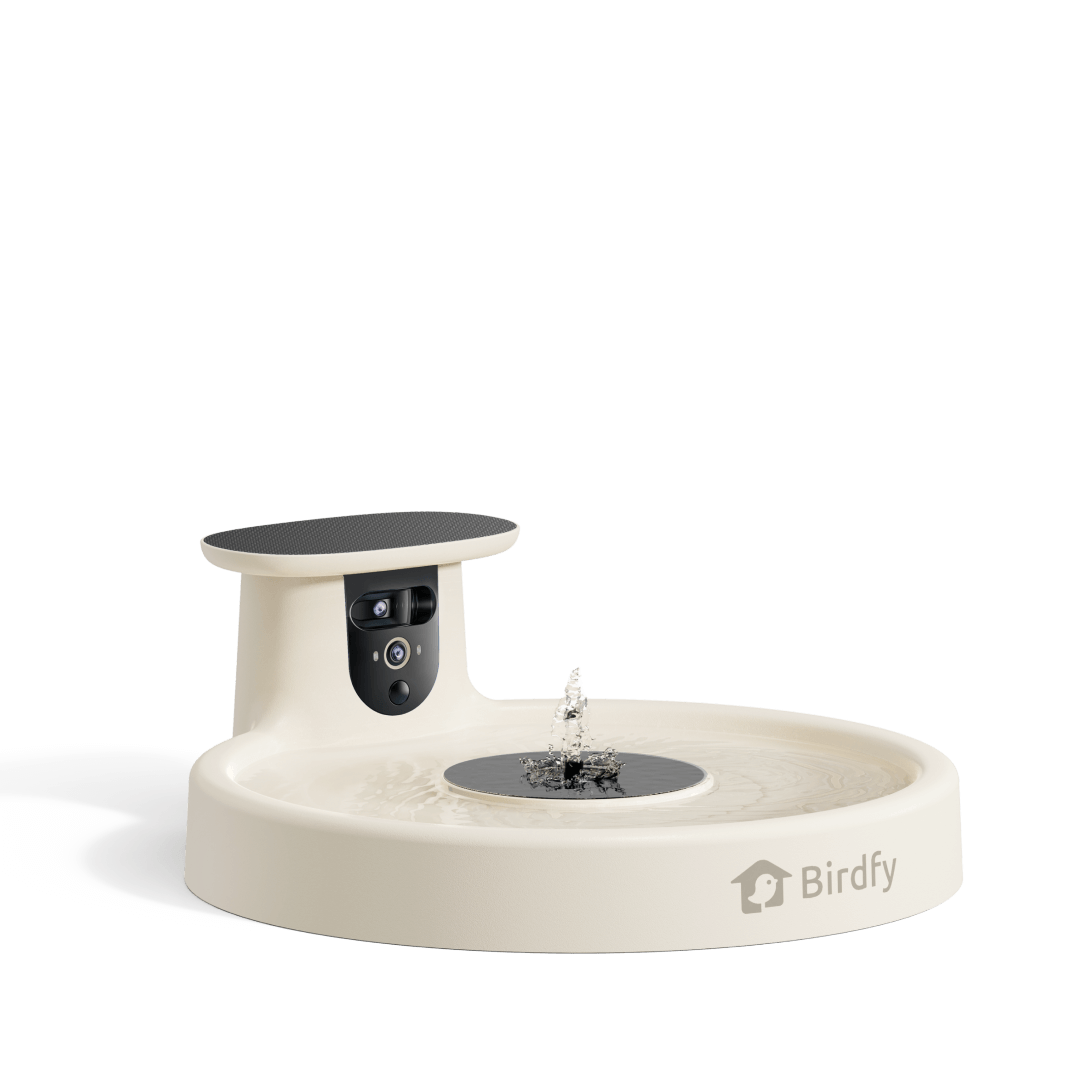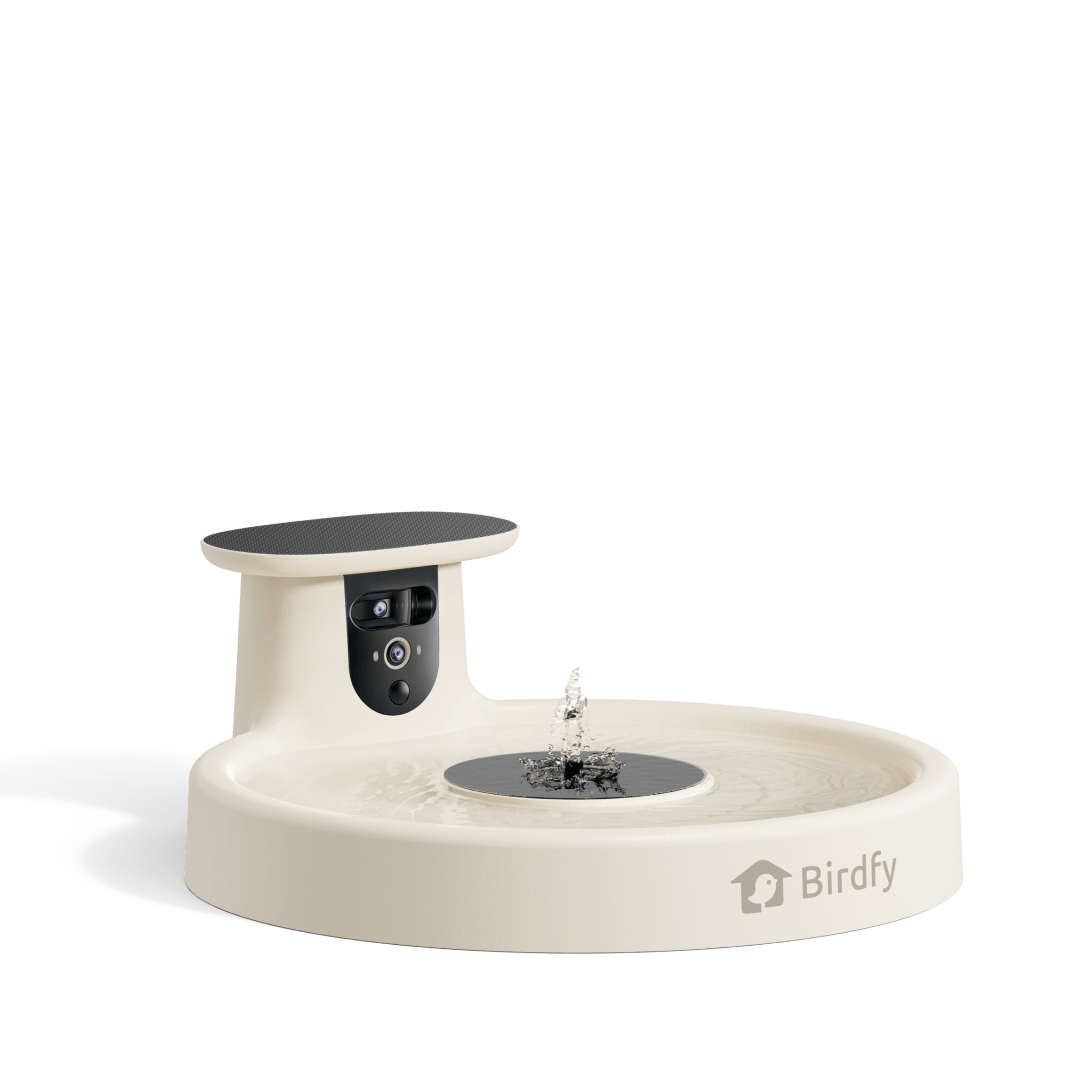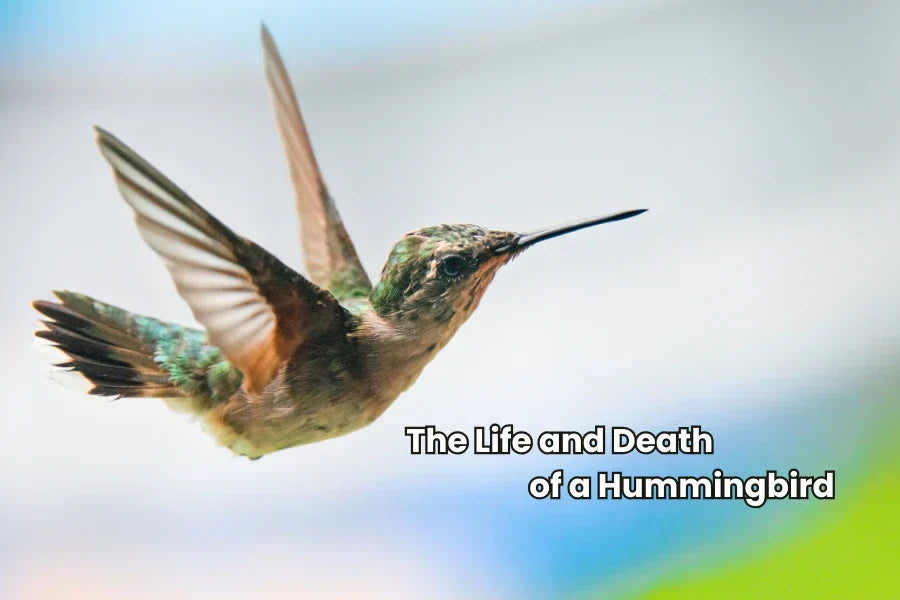8 Stunning Types of Cardinals
It is easy to recognize and find favorite birds, and cardinals are among them in North America and other areas. Their striking feathers, melodic calls, and deep spiritual symbolism make them a favorite among bird watchers. When we refer to the types of cardinals, the Northern Cardinal is the bright red bird that many people are aware of. But this bird has relatives across America, and they are all delightful in their own ways.
This article will discuss eight beautiful types of cardinals, and through it, bird lovers and nature enthusiasts will be able to admire the fantastic diversity of this bird family. Are you a backyard birder or nature photographer? Then, learn the distinctions between these beautiful Cardinals to appreciate their avian diversity even more. Whether in tropical forests or deserts, these birds add some color and music to any place they inhabit.
So, start taking a closer look at these 8 types of cardinals and find out what makes each of them so unique and special.
Northern Cardinal (Cardinalis cardinalis)
- Length: 8.3–9.1 inches
- Weight: 1.5–1.7 ounces
- Lifespan: Up to 15 years
- Breeding Season: March to September
- Eggs: 2–5 pale speckled eggs
- Food: Seeds, berries, insects
The most popular of all cardinal species is the Northern Cardinal. The male is easily identified by its bright red feathers and black facial mask and is found in the eastern and central United States, Mexico, and parts of Central America.

Photo via Wikimedia
Females are more delicate and demonstrate warm brown colors with a tint of red. They are permanent residents and are famous because of their sweet songs and aggressive territorial nature. Backyard birdwatchers also favor them, and they can commonly be seen around feeders, particularly in winter. The issue of the southern Cardinal vs the northern Cardinal always comes up due to their distribution and a slight color variation.

Photo via Wikimedia
Vermilion Cardinal (Cardinalis phoeniceus)
- Length: 7.5–9 inches
- Weight: Around 1.6 ounces
- Lifespan: About 8–10 years
- Breeding Season: April to August
- Eggs: Typically 2–3 eggs
- Food: Fruits, seeds, insects
Vermilion Cardinal originates in Colombia and Venezuela. It has flaming red plumage, which is sometimes darker and richer than the Northern Cardinal. Males sport a tall, mohawk-like crest and thus appear exotic and dramatic.

Photo via Wikimedia
Females are not so colorful, but graceful in soft tan and reddish colors. The Vermilion Cardinal likes dry scrub habitats and less frequent urban areas.

Photo via Wikimedia
It is among the lesser-known but beautiful species of cardinals, and a bird photographer or a tropical birdwatcher would not fail to notice it.
Pyrrhuloxia (Cardinalis sinuatus)
- Length: 8.3 inches
- Weight: Around 1.5 ounces
- Lifespan: 5–8 years
- Breeding Season: March to August
- Eggs: 2–4 speckled eggs
- Food: Seeds, cactus fruits, insects
The Pyrrhuloxia, also known as the Desert Cardinal, lives in the dry southwest of the US and northwest Mexico. Its Greek name means what it gets its name from: the curvature of its beak. This Cardinal resembles a cross between a cardinal and a parrot, as they have grayish bodies and red markings on the face, crest, and wings.

Photo via Wikimedia
Males are more colorful than females, though both sexes are less vivid than the Northern Cardinal. They have a fascinating evolution story in harsh conditions as their adapted beak enables them to feed on hard desert seeds.

Photo via Wikimedia
It would serve as a good example when speaking about the different types of cardinals that are adjusted to the various habitats.
Red-crested Cardinal (Paroaria coronata)
- Length: 7.5 inches
- Weight: 1.2–1.4 ounces
- Lifespan: Up to 6 years
- Breeding Season: Year-round in the tropics
- Eggs: 2–3 light blue eggs
- Food: Seeds, fruits, insects

Photo via Wikimedia
The red-crested Cardinal is native to South America but has become widespread in Hawaii through introduction. Although given its name and appearance, one would expect it to be a "true" cardinal, it is a tanager.
Nevertheless, it has a bright red head and crest, white belly, and gray back, which make it visually resemble a cardinal. It is a beautiful bird that stays well in tropical and semi-urban areas.
Common in parks, gardens, and open woods, its docile character and beautiful appearance have made it a popular entry on the wish lists of birdwatchers. It is one of the different types of cardinal birds that one would find around the world.
Yellow-billed Cardinal (Paroaria capitata)
- Length: 6.7–7.1 inches
- Weight: 1.1–1.3 ounces
- Lifespan: Around 4–6 years
- Breeding Season: October to March
- Eggs: 2–3 white eggs
- Food: Insects, fruits, grains

Photo via Wikimedia
Similar to the Red-crested Cardinal, the Yellow-billed Cardinal is a tanager, although sufficiently regarded as a cardinal because of its look-alike appeal. This bird is found in South America (Brazil and Argentina in particular) and has a brilliant red head, contrasting black upperparts, and a characteristic yellow beak.
It has a more petite body than the Northern Cardinal, but its colors are equally bright. This Cardinal likes wetland environments and can be commonly found around rivers and marshes.
It is not a true cardinal genetically, but its beauty makes it included in the more popular varieties of cardinals loved across the world.
Masked Cardinal (Paroaria nigrogenis)
- Length: About 7 inches
- Weight: Around 1.3 ounces
- Lifespan: Estimated 6–8 years
- Breeding Season: April to July
- Eggs: 2–4 pale eggs
- Food: Insects, seeds, fruit

Photo via Wikimedia
The Masked Cardinal is another attention-grabbing species that is distributed in northern South America (Venezuela and Trinidad). It is a bird with a red head and crest, a contrastingly colored black mask over the eyes and the throat.
It has a white body and dark wings that finalize its stylish look. Masked Cardinal, though belonging to a different genus than the Northern Cardinal, has similar behavioral patterns, i.e., vocalizes loudly and enjoys living in groups.
This renders it a pleasant spectacle for bird lovers touring tropical woods and river banks.
Crimson-fronted Cardinal (Paroaria baeri)
- Length: 7–7.5 inches
- Weight: 1.2–1.4 ounces
- Lifespan: Around 5–7 years
- Breeding Season: November to March
- Eggs: 2–3 light-colored eggs
- Food: Fruits, insects, small seeds

Photo via Wikimedia
This Cardinal is a lesser-known species native to central Brazil. It is less brightly colored than some of its kinsfolk; the forehead and face are red, the body pale, the wings grey.
It lives in wet lowland forests, and it is quieter than other cardinal species.
They are gently pretty and distinctively colored, and we are reminded that not every Cardinal is a bright red bird- there is a variety in shade and hue throughout the species.
Red-capped Cardinal (Paroaria gularis)
- Length: 6.7–7.5 inches
- Weight: 1.1–1.3 ounces
- Lifespan: Up to 8 years
- Breeding Season: May to October
- Eggs: 2–3 white speckled eggs
- Food: Insects, fruit, nectar

Photo via Wikimedia
This Cardinal lives in the lowland tropical forests and wetlands in northern South America. It is a beautiful species with a crimson head, white undertail, and iridescent black back and wings.
It has a distinct characteristic of a clean and sharp contrast between the color of the red cap and the remaining part of its body. You can find the Red-capped Cardinal in pairs and small groups, unlike the shy Crimson-fronted Cardinal, and they feed on insects and fruit.
It is one more representative of the types of cardinal birds, which illustrates the incredible visual diversity of this extensive bird genus.
Summary
Cardinals are not only the red birds that frequent our North American backyards. In America, one can find numerous beautiful species with distinctive features and coloring. From the bold Northern Cardinal to the tropical Red-capped Cardinal, this bird family is impressive in the variety it provides in sight and sound.
Suppose you go out to identify the different types of cardinal birds in your neighborhood or take a trip to a foreign country to see some exotic birds. In that case, you will agree that these birds add happiness, color, and musical beauty wherever they go. Next time you listen to a melodious birdsong or see a Flash of red, stop and admire the world of cardinals in all their variations.
Share



